This feature, the fourth in our mini-series, picks up where we left off last time (Part 3: 2013-2016) and highlights the continued growth and success of the evergreen Porsche 911 on the UK and European motorsport scene between 2017 and 2019.
2017
Silverstone 6 Hours, 16 April 2017
The Silverstone 6 Hours served as the opening round of the 2017 FIA World Endurance Championship (WEC) season. This was also the final season that the Porsche 919 Hybrid would compete in the LMP1 class of the WEC, as the company announced mid-season its withdrawal from the series as from the end of the year. Although the 919 Hybrid would be going into early retirement, Porsche also announced that it would be continuing its GT racing program with the 911.
The bombshell to hit the 2017 season was the new 911 RSR which was launched at the LA Auto Show on 16 November 2016. The new car had been a long time in coming because Porsche had competed in 2016 with its old model RSR, but when the newcomer hit the ground, there were many who could not believe what they saw. Porsche’s new 911 RSR had had its engine turned around 180° with the engine ahead of the rear axle and the gearbox located behind the engine.
A full explanation of the design, technical layout and performance potential of the new 911 RSR can be found here, but one of the biggest advantages of this move was that the engineers could finally install an efficient rear diffuser. The new car’s first two races were in the American IMSA series at Daytona and Sebring, but the Silverstone race would mark its WEC debut.
Two hours into the race, Kévin Estre began his stint, but just past the halfway mark he had to park his 911 RSR at Luffield as a technical problem caused the car to burst into flames. At the Silverstone event, the #91 factory 911 RSR would finish third in class while the #92 Porsche would post a DNF.
6 Hours of Spa-Francorchamps, 6 May 2017
At the Belgian race, the two works 911 RSRs occupied fifth and sixth place on the starting grid, and although the two cars performed faultlessly throughout the six hours, they could not match the pace of their class rivals. The team’s pit stops were executed without any problems, and the drivers added that they had no issues on the track that would have prevented them from doing any better. The team reported after the race that they would not have done anything any differently because all the decisions regarding tyres and pit stops were correct. Despite these comments, the two works cars finished the race in fifth and sixth places in class, right where they started.
Having started from second place on the grid in the GTE Am class, the #77 Dempsey-Proton 911 RSR (2015MY), driven by Matteo Cairoli, Christian Ried and Marvin Dienst, also finished right where they had started, in second place.
24 Hours of Le Mans, 17-18 June 2017
The 2017 edition of the Le Mans 24 Hours was the third round of that season’s WEC, and also the third race for the all-new mid-engined 911 RSR in Europe. Not having taken the GT world by storm as yet, the Le Mans 24 Hours always has a way of producing the unexpected, as will become apparent. This race would also be the last where the Balance of Performance (BoP) applied to each car would be subjectively calculated by humans, because as from the following round at the Nürburgring, the BoP would be objectively calculated by a computer. This BoP ruling did not apply at Le Mans though, where it was calculated that the 911 RSR had an 8 km/h slower top speed than the fastest car in class.
Starting from seventh place (#92) and thirteenth place (#91), the two works GT Porsches kept themselves clean and in the mix until the #92 Porsche was hit by a Corvette, causing a spin and flat-spotting all four tyres which necessitated an unscheduled pit stop. As a result of being down on straight line speed, the RSR drivers had to make up for this lack of performance by being aggressive in the corners and around other parts of the circuit. Coming out of the Ford Chicane, Michael Christensen touched the paint on the curb in the #92 RSR and spun, hitting the barrier back-end first, severely damaging the rear and forcing an early retirement. While the #91 RSR did take the lead in the GTE Pro class towards the end of the race, it would finish the race in fourth place.
In the GTE Am class it was a Ferrari whitewash as they took the first three places, the top finishing Porsche being down in sixth place.
2018
For the first time in the WEC’s history, the championship was to be run over two years beginning with the Spa 6 Hours in May 2018, and ending with the Le Mans 24 Hours in June 2019. This new championship calendar was called the “Super Season” as it would have two Le Mans 24 Hour races in its first running.
Speaking to the ACO’s Sports Director, Vincent Beaumesnil, he pointed out that the Le Mans 24 Hours is the main event in the year and to traditionally have had it as the third race on the calendar, was like having the best race at the beginning of the season. They wanted to create a championship calendar where the final race of the season was indeed the one that everyone looked forward to, thereby giving the season a grand finale in true style. There was little to counter that argument, it sounded quite logical, but by encompassing two calendar years, it created no end of confusion in other areas.
Total 6 Hours of Spa-Francorchamps, 5 May 2018
The first race of the brand new Super Season was held in the fabulous Ardennes forest region in brilliant sunshine.
Starting from third and fourth places on the starting grid, the #91 and #92 Porsches were relegated to sixth and ninth by the end of the first hour. In the GTE Am class, the #77 Dempsey-Proton RSR started from pole but was immediately under pressure from the #98 Aston Martin and the #56 Team Project 1 RSR.
As the second hour commenced, the #91 Porsche hit the front of the class with the #92 sister car in third place. This order remained unchanged throughout the third, fourth and fifth hours but in the final hour the tyres on both factory RSRs faded noticeably. With just a few laps to run, the #66 Ford GT pushed the #91 RSR wide going through Eau Rouge, forcing it to run wide onto the rough stuff which further damaged the Porsche’s tyres. In another desperate move, Davide Rigon in the #71 Ferrari shoved the hapless #91 Porsche off line again as the two cars started the final lap. In the Porsche, Richard Lietz did all that he could to avoid colliding with the pit wall and did well to stay on his wheels, which again ran through the rough off the circuit.
The end result was a second place finish for the #92 RSR while the #91 sister car finished fourth in the GTE Pro class. In the GTE Am class the #77 RSR finished just off the podium in fourth place.
Le Mans 24 Hours, 16-17 June 2018
It was the 86th running of this famous endurance race, and the second event in the calendar of eight races in the 2018-2019 WEC Super Season. for this race, Porsche entered no less than four 911 RSRs in the GTE Pro class (#91, #92, #93 and #94). The GTE Am class was populated with no less than six 911 RSRs, so it was going to be a bumper race. This was also an important year for Porsche, as the manufacturer celebrated the 70th anniversary since the founding of the company back in 1948.
Adding a dash of colour to the grid, two of the factory RSRs were given the colour treatment that brought back memories of Porsche’s successes from yesteryear. The #91 RSR mimicked the Rothmans blue/white colour scheme of the 956s from the 1980s, while the #92 RSR was liveried up to match the 917/20 ‘Pink Pig’ from 1971. The #93 and #94 RSRs wore the traditional 911 RSR corporate colour scheme that the works cars have been decked out with over the previous few years.
BoP alterations were made three times to both GTE Pro and Am cars, the final time was just before the race, at which time the Aston Martins, BMWs and Corvettes were all made lighter, with the Ferraris receiving an additional fuel allowance. The Porsches were all given additional ballast weight to carry. Despite this attempt to slow the Porsches down, it was the Stuttgart manufacturer that was triumphant in both the Pro and Am class.
With the Porsche 919 Hybrids absent, Toyota had the class pretty much wrapped up before the start, but it could be argued that Porsche was the significant winner on the day. GTE Pro class pole went to the #91 Rothmans 911 RSR with its sister car, the #92 Pink Pig liveried 911 RSR in second place, and right from the very start, these two cars took a commanding lead. They were never stretched, and the #91 and #92 Porsches looked and sounded as healthy at the end of 24 hours as they had done at the beginning. The #93 and #94 RSRs did not have a happy race, though, as the #94 car was retired with a broken rear suspension and the #93 car lost almost half an hour having its generator replaced.
Several of the Porsches were vying for the top spot in the GTE Am class with the #88, #77 and #56 all running strongly. The #56 Team Project 1 and #80 Ebimotors teams were first-timers at Le Mans and had it not been for brake problems in the #56 car, they might have taken a spot on the podium on debut. The Ebimotors RSR was also saddled with a late puncture robbing them of a higher finish.
6 Hours of Silverstone, 19 August 2018
The race at Silverstone on 19 August 2018 was the third round of the 2018-2019 WEC Super Season. The two works RSRs did not qualify very strongly as the #91 RSR was at the back of the GTE Pro class grid in tenth position, while its #92 sister car was slightly better in fifth place.
As the field was sent on its way at the start of the race, a collision between two LMP1 cars caused all the following LMP2 and GTE cars to take avoiding action. Having started in fifth place in the GTE Pro class, Kévin Estre in the #92 RSR was able to weave his way through the mess and found himself leading the class before they had reached the Arena complex, just a few hundred yards from the start.
Unfortunately for the works RSRs, the problem was once again tyres, and by midrace, the two RSRs were down in mid-field. However, when the cars were fitted with new rubber, the tyres began to work and soon the Porsches were able to deliver the performance that they were capable of, and they began carving their way up through the GTE Pro field. With the end of the race in sight, the #91 Porsche was back up in second place behind the #71 Ferrari, with the #67 Ford in third place and the #92 Porsche in fourth. This is how the cars crossed the finish line in GTE Pro, but this was not the final result.
The second-placed #91 RSR was found to have a ride height irregularity during post-race scrutineering and was summarily disqualified! This promoted all the cars up one place from third position back, which means that the fourth placed #92 RSR was given third place at the expense of its disqualified sister car.
GTE Am class winners were the #77 Dempsey-Proton Porsche team, ably driven by the Christian Ried/Julien Andlauer/Matt Campbell. It was also a good day for the #56 Team Project 1 team as they earned their first podium, finishing third in the GTE Am class.
2019
Total 6 Hours of Spa-Francorchamps, 4 May 2019
The world around the Spa circuit woke on race day to snow falling at 06h30, with the temperature holding a steady zero. Conditions for the penultimate race of the first Super Season could not have been more uncertain, as it looked more like a winter wonderland than a racing circuit, making things extremely difficult for the teams especially as regards tyres. The temperature rose during the morning but for the start of the race, out around the track, it was freezing cold. The word was that a snow storm was on the way, and as the cars started their first racing lap, the wind began to whip up and the temperature dropped noticeably.
As the lead cars came barrelling up the Kemmel Straight on the third lap the snow came down – or rather it came at us horizontally. Several cars were caught out by the slippery conditions at Turn 5 and went straight across the grass missing out Turn 6 and rejoined at Turn 7. As a result of all the stormy interruptions, the two works 911 RSRs found themselves up at the top of the class, and after the first hour, the #92 and #91 Porsches were first and second respectively. The same excellent performance was seen in the GTE Am class, and with sixty minutes on the clock, the #56 Project 1 Porsche led from the #86 Gulf Porsche.
With four hours completed the #92 Porsche was back up at the head of the class with the #91 car still holding steady in fifth place. Despite the intermittent hail and sunshine, the #56 Project 1 Porsche held firmly onto second place in the Am class.
The final hour broke and the hail showers increased in both regularity and intensity. With just twelve minutes to go on the clock, the #91 Porsche was given a drive-through penalty for causing a collision at Turn 19. At the time the #91 car was lying in third position and the #92 car in fourth. Four minutes later, the race was red flagged with eight minutes left to run, this being brought about by an intense snow shower. The fall out of the drive-through penalty for the #91 car was changed to a time penalty, which saw the #92 Porsche taking the final podium spot and #91 finishing in eighth position. Racing is never dull; there is always a twist in the tail!
In the Porsche camp, huge celebrations were soon underway as they had been declared GT Manufacturers World Champions by a margin of more than a hundred points.
24 Hours of Le Mans, 15-16 June 2019
Once again, Porsche entered four works RSRs (#91, #92, #93 and #94) in the 87th running of this famous endurance race, with a further six RSRs entered by private teams in the GTE Am class.
Two of the factory RSRs, the #91 and #92 cars, were given a gold band around the car in celebration of the team having already won the GT Manufacturers World Championship. The other two factory RSRs, the #93 and #94 cars, were liveried in the familiar white, blue and red Brumos racing team style, made famous by the #59 Porsche 911s from as far back as the ‘70s.
The #93 RSR was the highest placed Porsche qualifier in fourth place on the grid in class, the others being spread throughout the class in seventh, 12th and 15th places. In the GTE Am class, Porsche was strongly placed in first and third places.
Once the race was underway, the GTE Pro #63 Corvette led often, and for a long time over the course of the race, but the two Porsches (#92 and #93) were always in contention. Early contact between the #88 GTE Am Porsche and the #64 Corvette resulted in the Corvette being comprehensively trashed, while the Porsche survived without much damage. During the hours of darkness the #92 RSR pitted for a defective exhaust and the #94 RSR had power steering issues, but otherwise they ran on without problems. With around four hours left to run, the #91 and #93 Porsches were holding steady in third and fourth position, while at the same stage the #56 Project 1 team car was firmly in second place in the GTE Am class.
With just 20 minutes left on the clock, the #91 and #93 Porsches had moved up to second and third places behind the #71 Ferrari, which is where they finished. In the GTE Am class it was the #85 Ford GT of Keating/Bleekemolen/Fraga that crossed the line ahead of the #56 Project 1 of Bergmeister/Lindsey/Perfetti. The Team project 1’s second place finish secured for them the LMGTE Am class title for the season. However, the team was retrospectively named the winner of the 24 Hours of Le Mans, as the #85 Ford GT was disqualified due to a rules violation.
ADAC 24 Hours of Nürburgring, 22-23 June 2019
Practice and qualifying for the 2019 Nürburgring 24 Hours started at the circuit on Thursday 20 June. Located in the magnificent Eifel region in the west of Germany, the weather around this time of the year can be unpredictable with frequent and quite violent summer storms. As the storm clouds gathered, it became quickly apparent that we were about to be drenched, and before long that is exactly what happened. It seemed as though the day had turned to night, and so severe was the storm that practice was stopped. The top teams had not even bothered to venture out onto the circuit and so it was only the following day that we saw the faster cars in action.
Friday saw the second qualifying session for the 24-hour race for which the top 28 cars were entered in the top qualifying session later that afternoon. Following the shoot-out, two Mercedes-AMG cars led the way with Porsches occupying positions three, five, seven and twelfth. Just to show how tight the times were, the twelfth placed Porsche was a mere 0.6 seconds behind the pole sitting Mercedes over an eight-minute lap of the Nürburgring! However, before the cars could even form up on the grid, the top contenders were all handed a revised BoP. The BMW M6 GT3 cars shed 10 kg of ballast weight, while the Mercedes-AMGs were handed an extra 10 kg and the Porsches received 20 kg extra!
The race got off to a strong start at 15h30 on Saturday afternoon, with clear blue skies and warm temperatures. Kévin Estre held third position into the first corner, but when the cars crossed the start/finish line at the end of the first lap, Estre had moved ahead of the second-placed Mercedes, and was now on the tail of the lead Mercedes. The Mercedes and the Porsche held these positions for the next five and a half hours, but then Estre pulled off the most daring manoeuvre to move into the lead. Within two laps, the Porsche driver had pulled out an almost ten second lead on the Mercedes.
At the stroke of midnight, the order at the top remained much the same with the #911 Porsche in the lead, followed by the #705 Glickenhaus and the #48 Mercedes. A dry and clear morning revealed the #911 Manthey Racing Porsche GT3 R (Estre) was still in the lead, followed by the #48 Mercedes-AMG and the #31 Frikadelli Porsche GT3 R. Jaminet in the #31 Porsche passed the #48 Mercedes-AMG at 07h00 on Sunday morning, to take second place, making it a Porsche one-two.
At just after noon, the second-placed #31 Porsche had to make a long and painful trip back to the pits with a puncture, and to receive a substantial amount of duct tape to hold the rear wheel arch bodywork in place. At 12h30 on Sunday, the #911 lead Porsche was handed a five-and-a-half minute penalty for ignoring the speed limit in a safety zone. This penalty significantly impacted the outcome of the race, as it essentially ruled the Porsche out of the running.
The race ended with the #4 Audi taking victory and the #911 Porsche in second place. Despite the extra ballast weight it had to carry, the Porsche clearly had the performance to win. Without question, the ADAC 24 Hours of Nürburgring is a race event like no other, and long may it remain so.
In closing
It would be great one day to see all of these manufacturers being allowed to race once again without the very unpopular BoP system of equalising the field making an appearance. Ask any race-hardened driver or hardcore racing enthusiast, and they all say the same thing… “Let the cars race!”
To read Part 1 click here
To read Part 2 click here
To read Part 3 click here
Written by: Glen Smale
Images by: Virtual Motorpix/Glen Smale & John Mountney


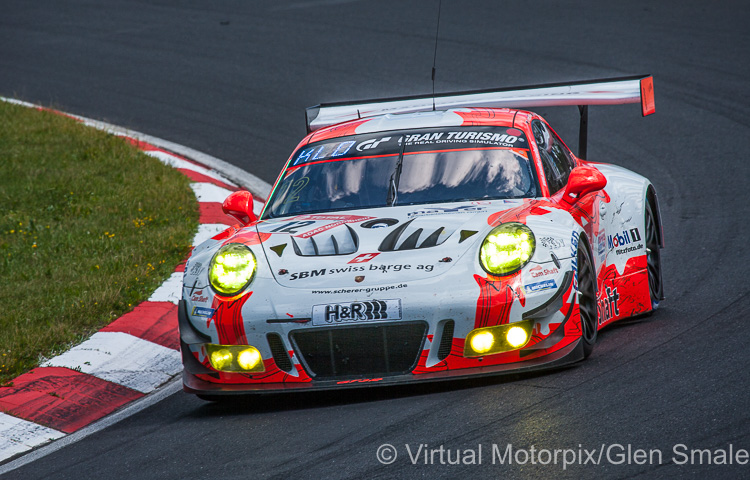

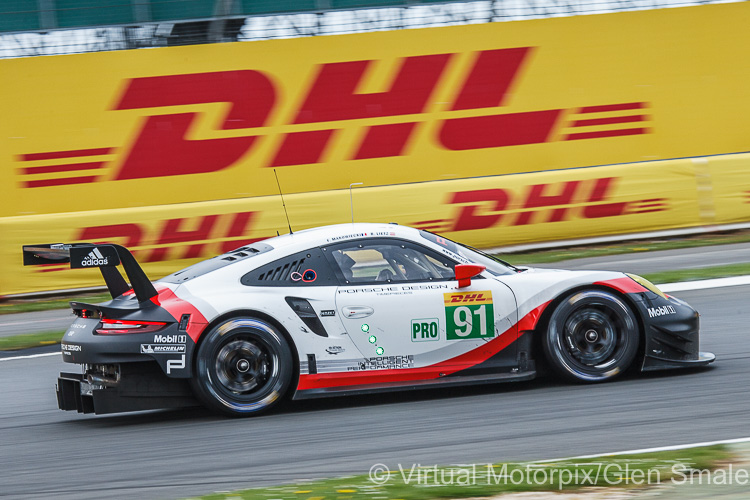
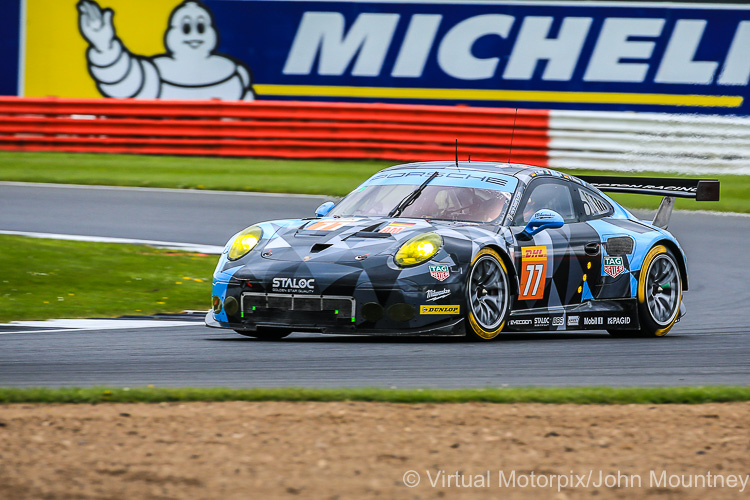
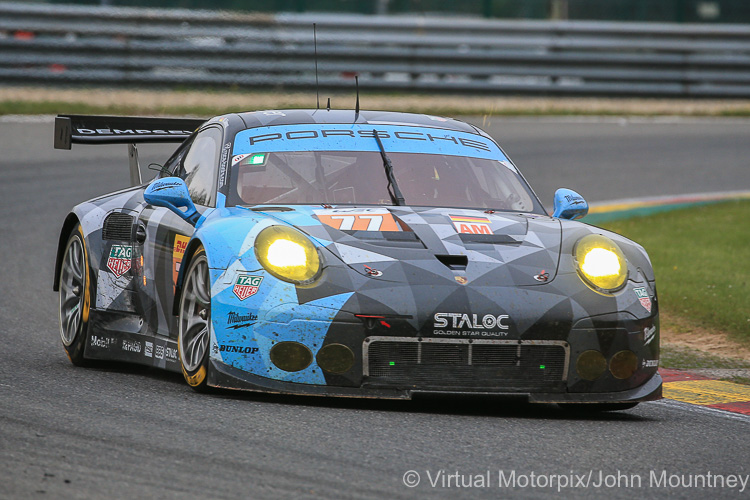
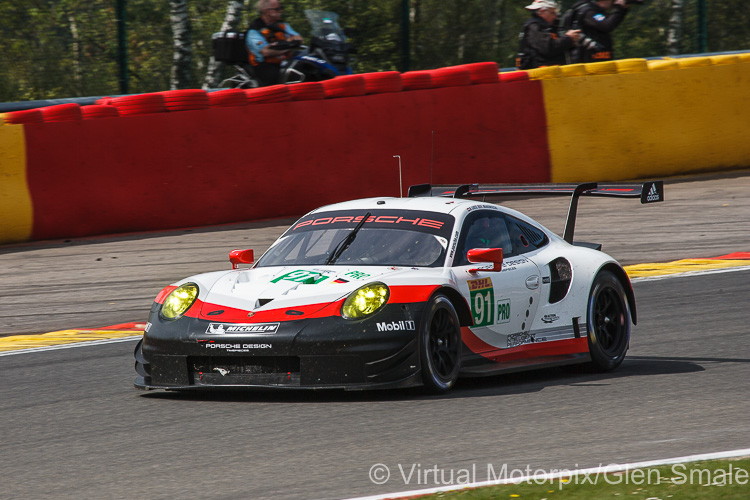
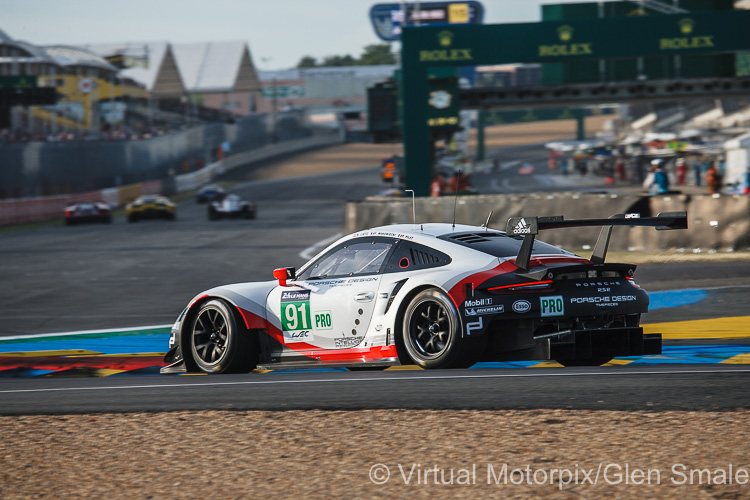
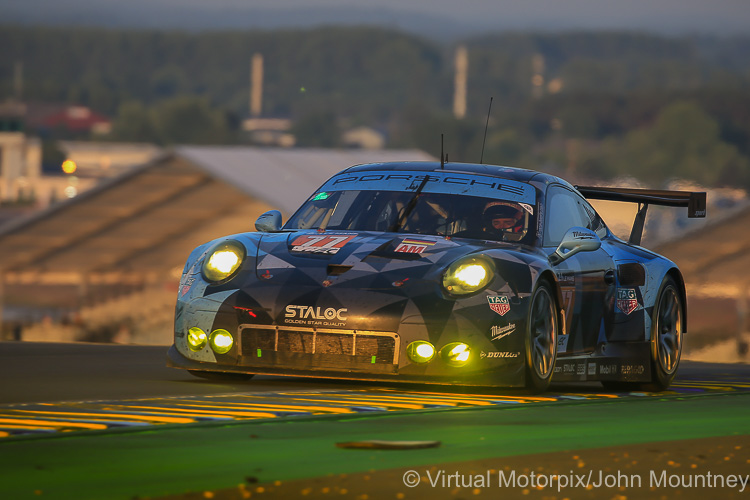
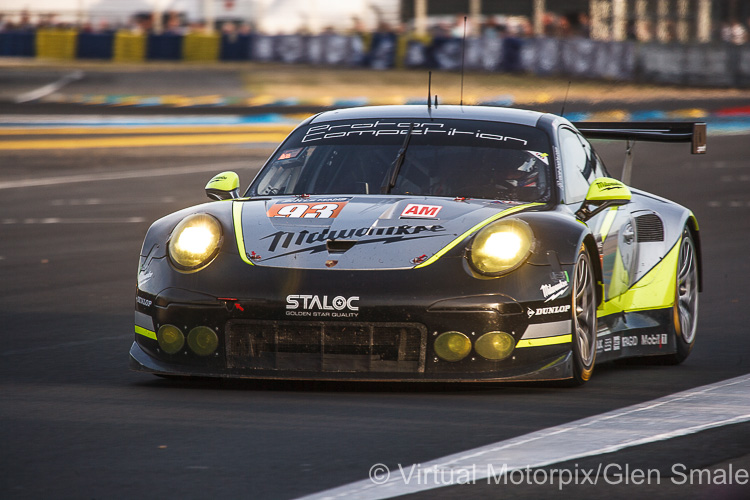
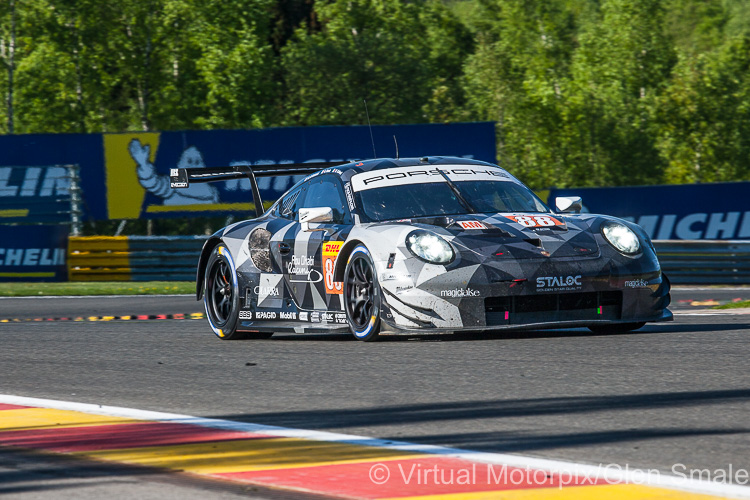
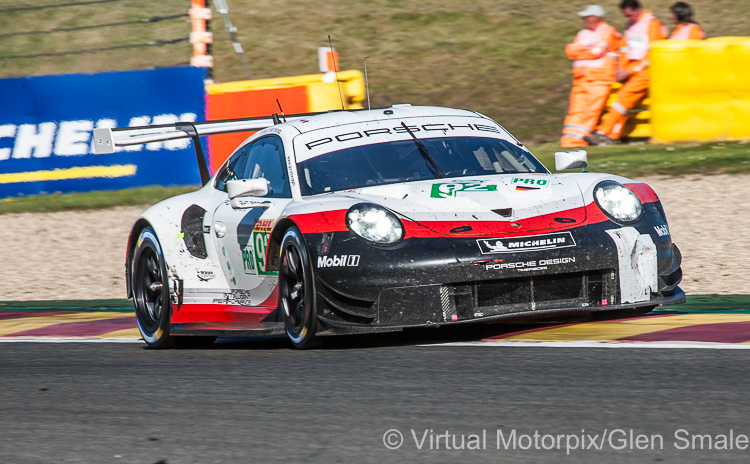
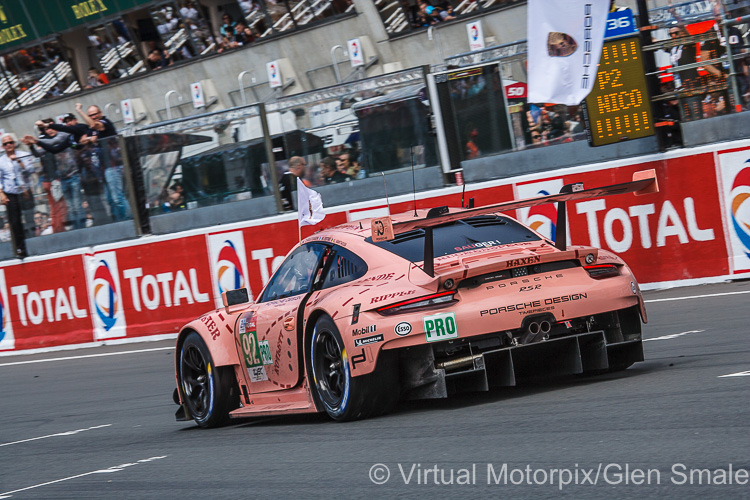
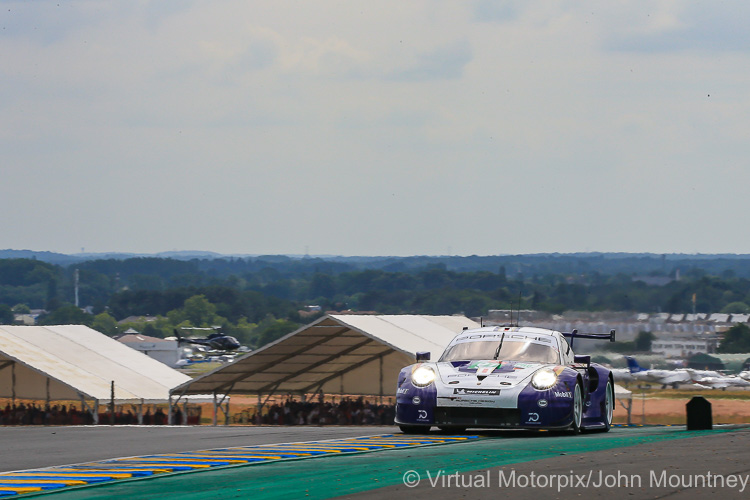
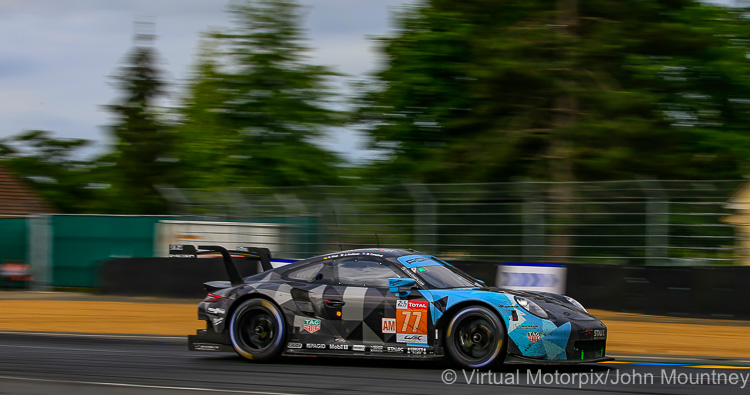
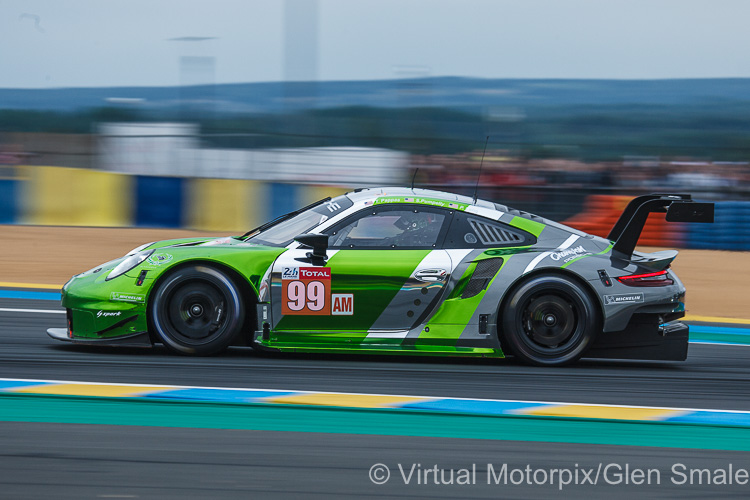
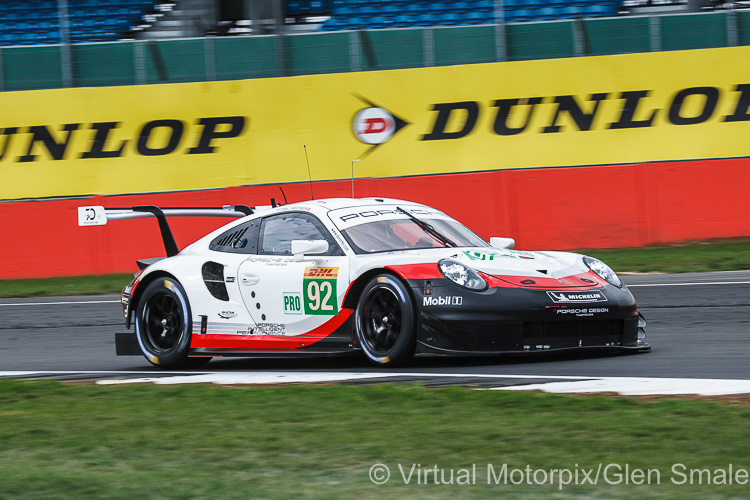
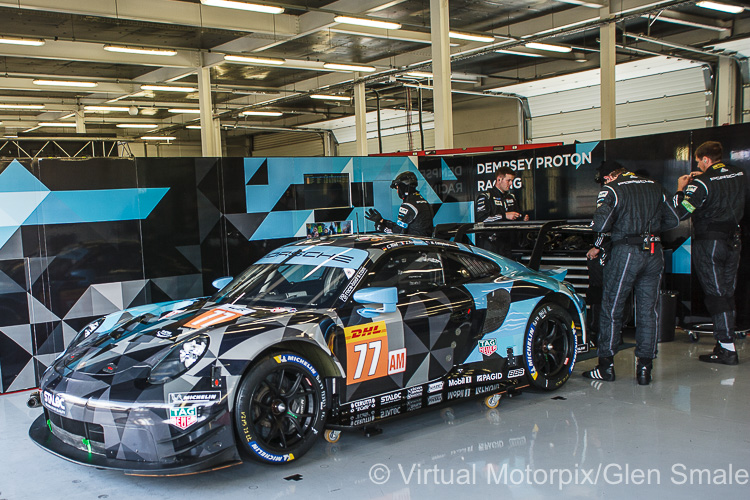
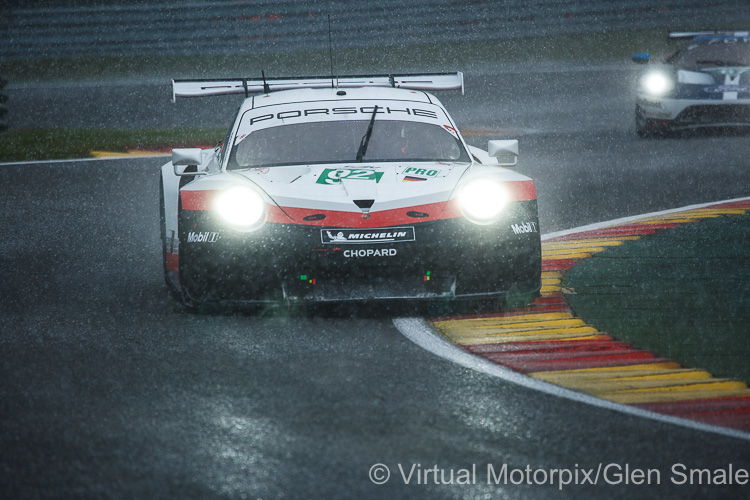
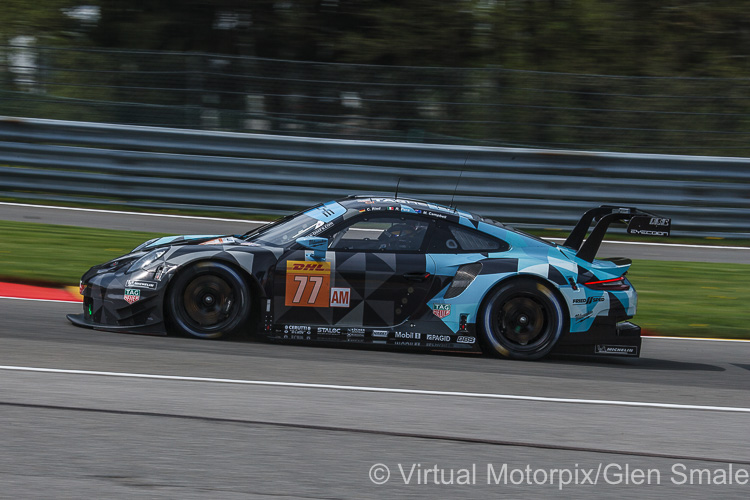
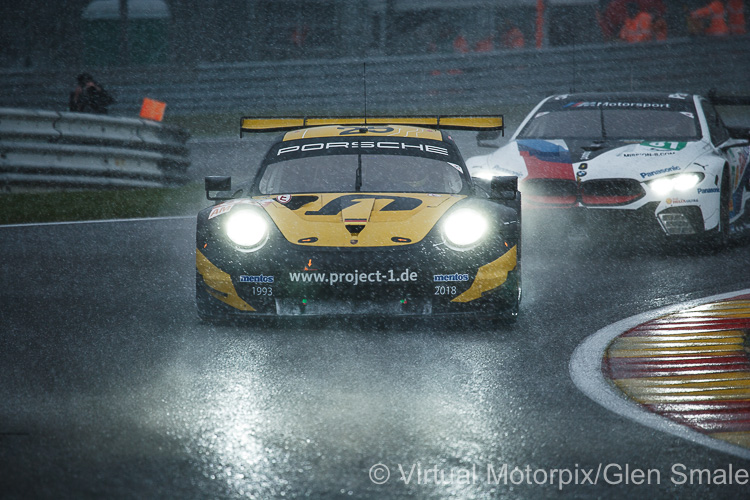
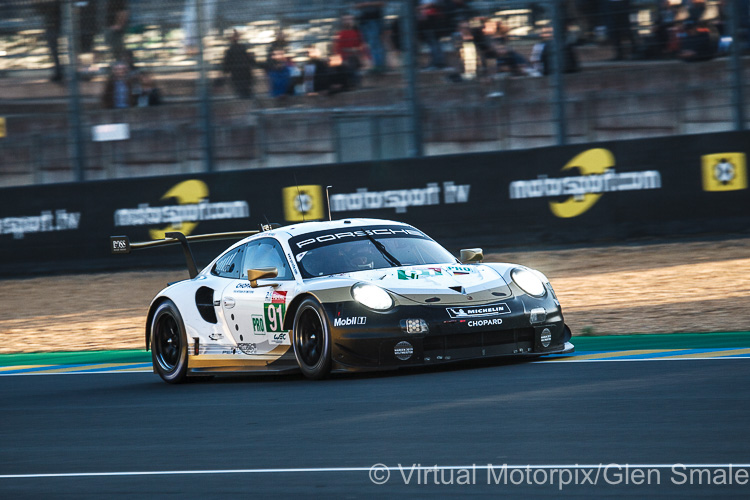
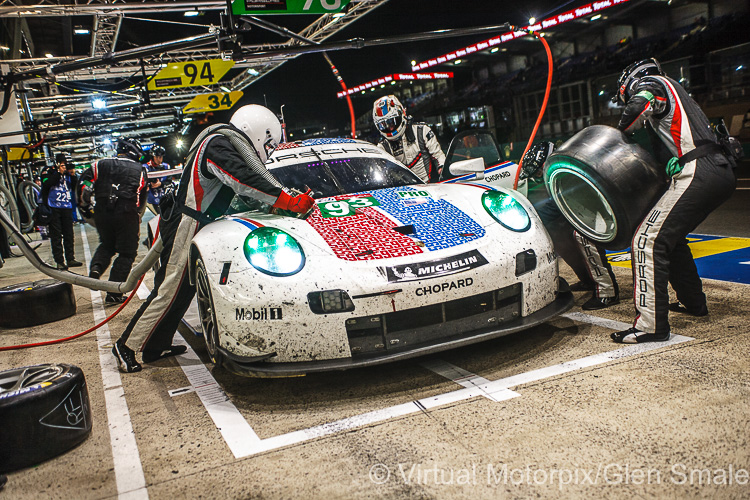
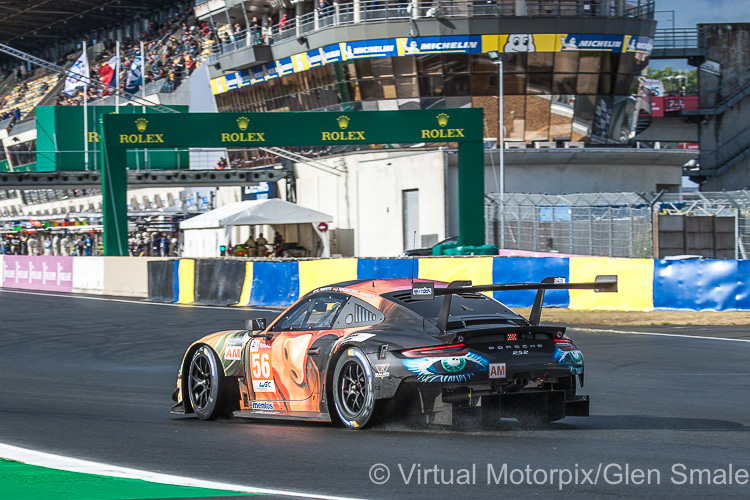
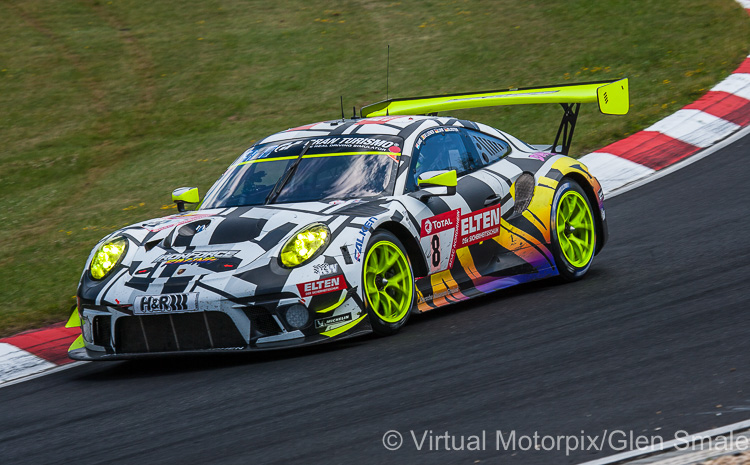
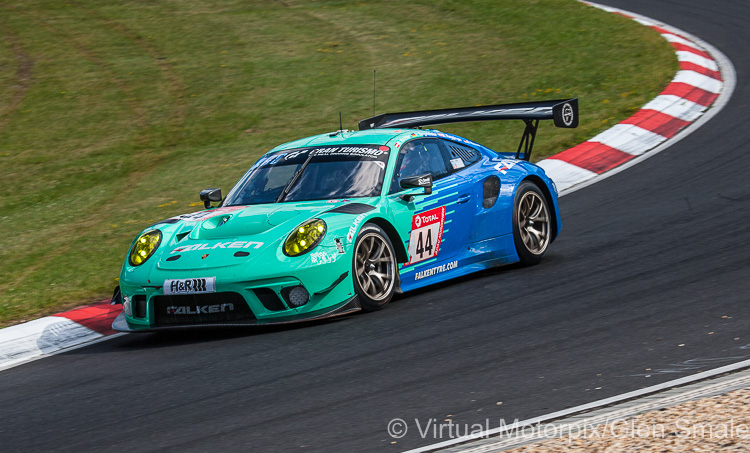
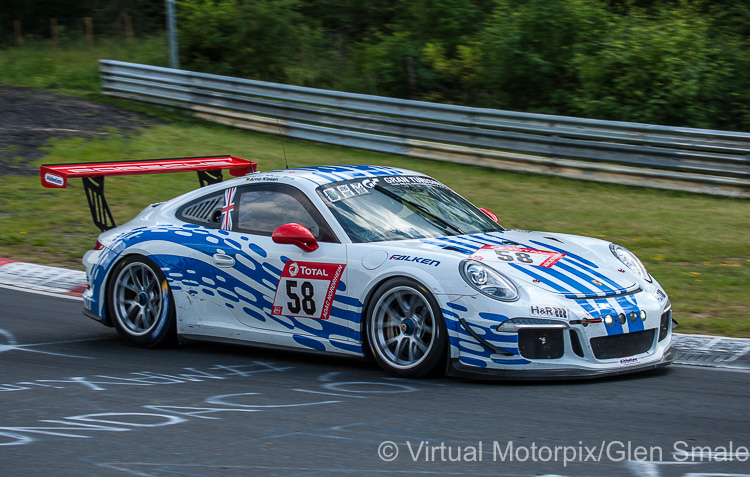

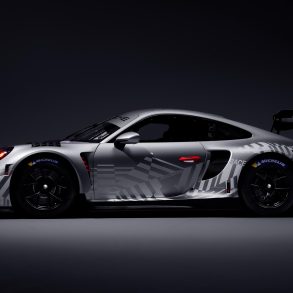
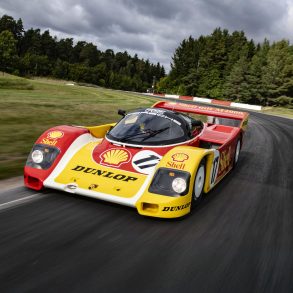
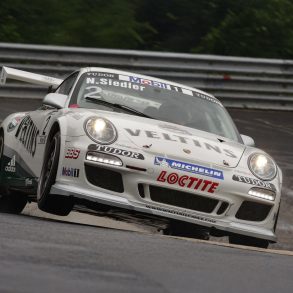
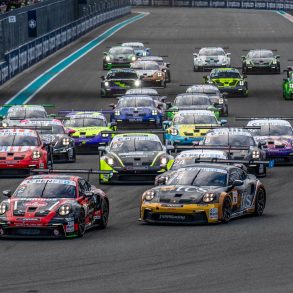
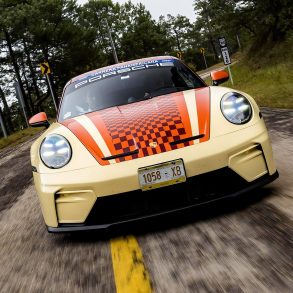
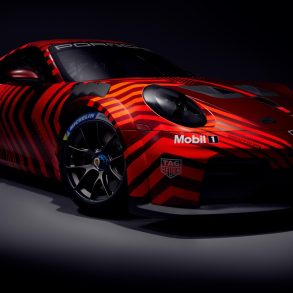
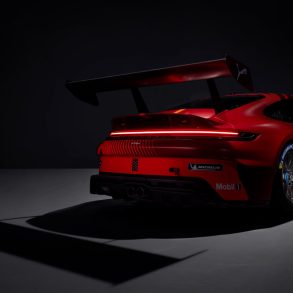

Good advice from an insider in pix & text
0